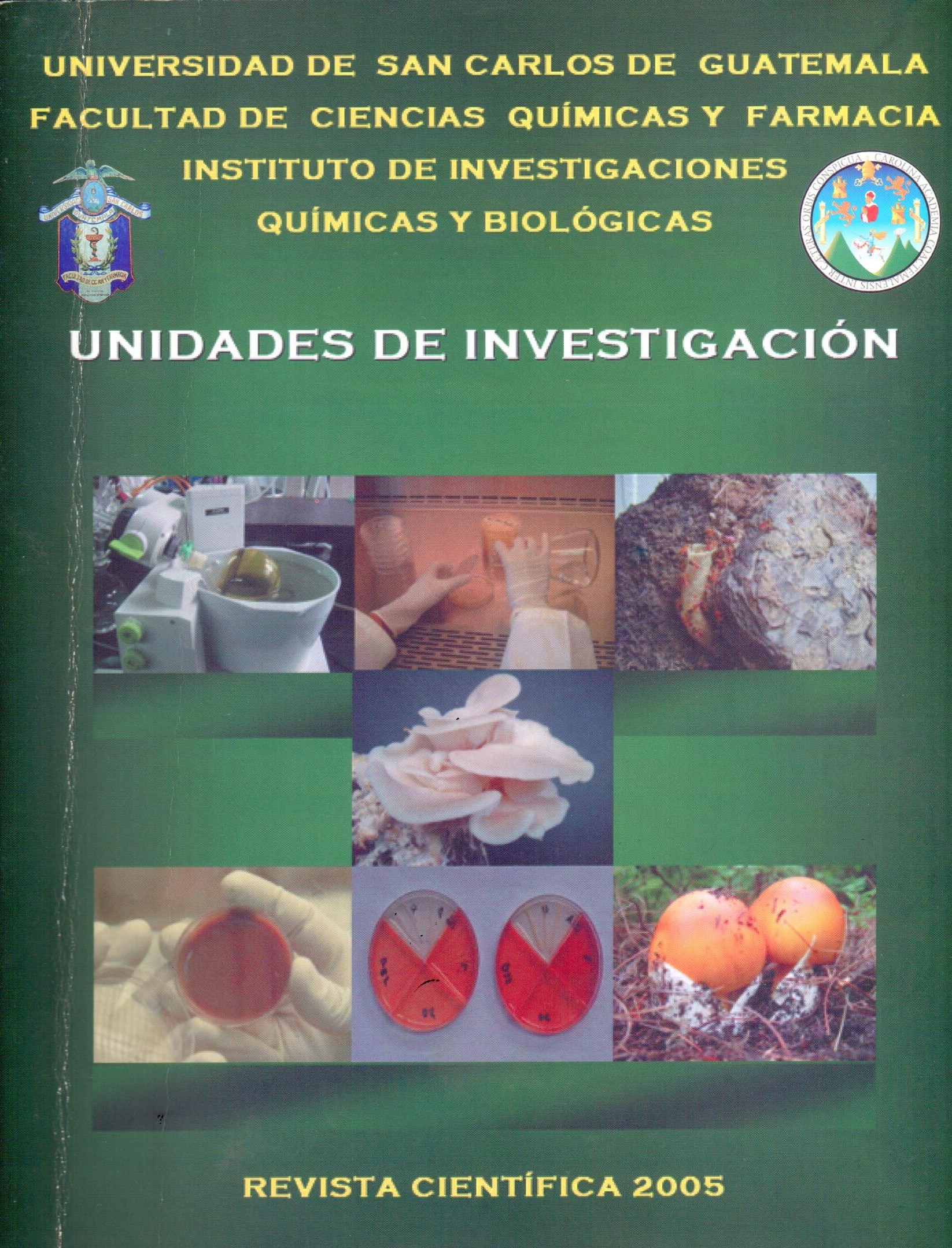Botanical Garden, USCB Herbarium and Index Seminum
DOI:
https://doi.org/10.54495/Rev.Cientifica.v17.i2.214Keywords:
Botanical garden, Medicine, Pharmacy, Cultivated plantsAbstract
In one way or another, botanical gardens have been an important instrument in cultural and scientific development throughout the centuries. Since its inception they have been involved in the evaluation and study of plant genetic resources. Throughout their history they have played a fundamental role in the exploration of plant life on our planet, as well as in the acclimatization and cultivation of species with economic value and in the education of students of botany and related sciences. They have also brought many aspects of the plant world to a wider audience and more recently have entered conservation head on. Botanical gardens have also been closely associated with medicine and pharmacy. They were university foundations whose main objective was to provide material for the practices of medical students. This link with medicine and pharmacy was gradually weakening and until a few years ago, botanical gardens were once again considered fundamental centers for the study and conservation of medicinal plants. Cultivated plants in botanic gardens lend themselves to research in a way that scattered and far-flung wild populations do not. Gardens have unique conditions to carry out this research, especially with regard to cultivation requirements, reproductive biology and plant propagation. The resulting information is essential for reintroducing plants to the wild and providing material for the restoration and rehabilitation of natural habitats. Knowledge of how to manage rare plant populations, not only in cultivation but also in nature, will also be increased. Botanic gardens today must be considered as centers for conservation, research and development.
Downloads
References
Heywood, V.H. 1989. La Estrategia de los Jardines Botánicos para la Conservación. Organización para la Conservación en Jardines Botánicos, Kew, Richmond, Reino Unido WWF y UICN, Avenue du Mont-Blanc, CH-1196 Gland, Suiza.
Downloads
Published
How to Cite
Issue
Section
License
Copyright (c) 2005 Oscar Cóbar Pinto

This work is licensed under a Creative Commons Attribution 4.0 International License.
Authors who publish with this journal agree to the following terms:
- Authors retain copyright and grant the journal right of first publication with the work simultaneously licensed under a Creative Commons Attribution License 4.0 that allows others to share the work with an acknowledgement of the work's authorship and initial publication in this journal.
- Authors are able to enter into separate, additional contractual arrangements for the non-exclusive distribution of the journal's published version of the work (e.g., post it to an institutional repository or publish it in a book), with an acknowledgement of its initial publication in this journal.
- Authors are permitted and encouraged to post their work online (e.g., in institutional repositories or on their website) prior to and during the submission process, as it can lead to productive exchanges, as well as earlier and greater citation of published work.









